
Google's free Android Basics Nanodegree helps you learn how to code
Google wants more people to make Android apps, so it has teamed up with Udacity to create a new program aimed at aspiring developers. Called Android Basics Nanodegree, it offers a series of courses and services that will teach students, with little to no coding experience, how to make their first Android app.
"The courses walk you through step-by-step on how to build an order form for a coffee shop, an app to track pets in a shelter, an app that teaches vocabulary words from the Native American Miwok tribe, and an app on recent earthquakes in the world. At the end of the course, you will have an entire portfolio of apps to share with your friends and family", says Google.
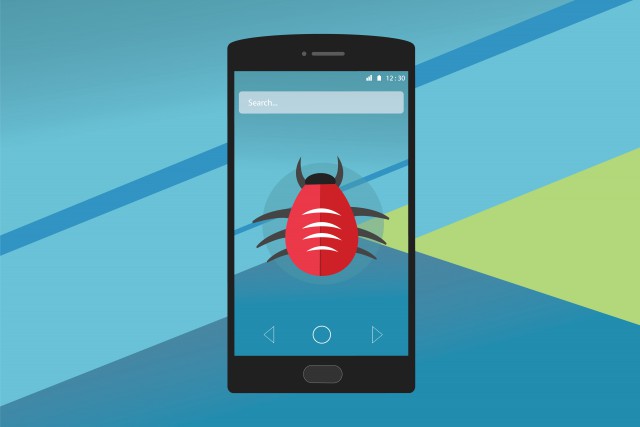
90 percent of Android devices vulnerable to Godless malware
When we take a look at the Android distribution updates that Google posts every month one thing seems to never change, and that is the overwhelming number of devices that run an outdated version of the operating system. As of early-June 2016, nearly 90 percent of the handsets with Google Play access are rocking Lollipop, Jelly Bean or another old distribution. Meanwhile, Marshmallow powers only 10.1 percent of Android devices.
And, as Trend Micro security researchers point out, that can be a serious problem in terms of security as there is a new family of malware, known as Godless, that affects "virtually any Android device running on Android 5.1 (Lollipop) or earlier". Using Google's figures, that's 89.9 percent of the Android handsets in use. What's really worrying is that this malware is actually linked to apps available in major app stores, like Google's Play, and it has already made 850,000 victims across the globe.
VLC for Android 2.0 merges Android TV and mobile builds together, offers network disk browsing and performance improvements
VideoLAN has unveiled VLC for Android 2.0, a major new version of its mobile video and audio player. The app is renowned for being able to play most multimedia files as well as many streaming video protocols.
Version 2.0 merges the Android TV version with the main Android build, plus introduces a slew of useful new features including the ability to access content over the network and internet as well as support for downloadable subtitles.
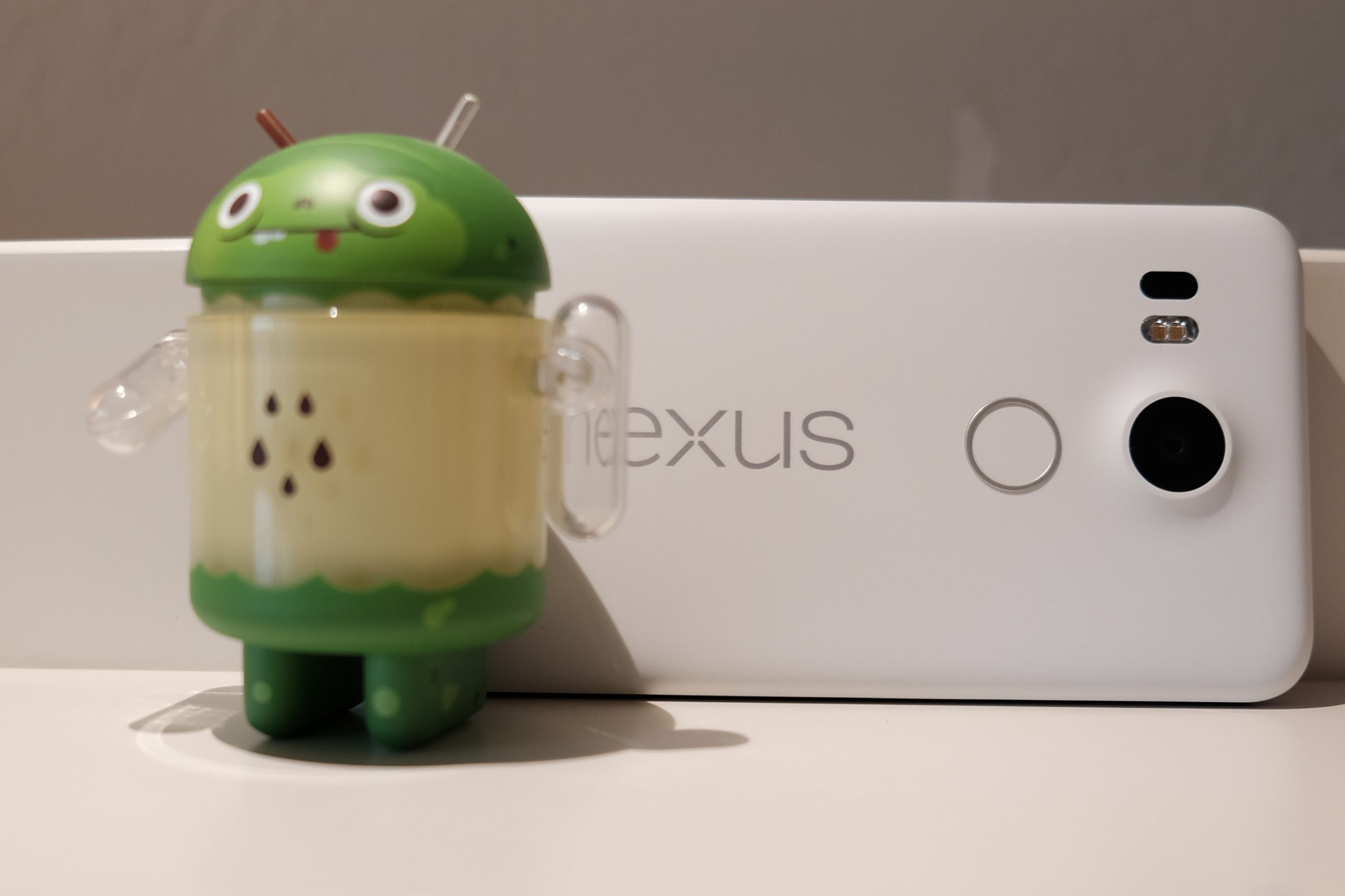
Google reveals end-of-life dates for Nexus devices
One of the advantages of buying a Nexus device is the guarantee that you're in line to receive updates for longer than devices from most other manufacturers. Google issues not only Android updates, but also monthly security patches for Nexus phones and tablets, and the company has just published its latest end-of-life list.
Next in line to drop off the support list are the Nexus 6 and Nexus 9. These devices will not receive "guaranteed Android version updates" (such as updates to Android N and Android O) after October 2016, but Google has also revealed when the Nexus6P and Nexus 5X will drop off the radar.

Twitter and Vine introduce support for much longer videos
While Twitter is primarily a text-based social network, more recently there has been an increased importance placed on images and videos. Just as tweets are limited to a certain number of characters, videos have -- until today -- been limited to 30 seconds in length. Now Twitter is embracing video in a big way, and today increases the maximum length to 140 seconds -- continuing the love affair with the number 140.
The company says that the number of video posted to Twitter has increased by 50 percent since the beginning of the year. This is an astonishing increase in just six months, and it makes the video-related changes all the more understandable. Vine users will also be able to take advantage of longer videos, but there's something of a catch.
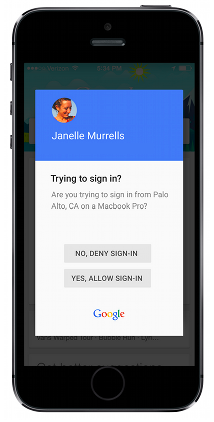
Google prompt makes two factor authentication less of a hassle
Two factor authentication is one of the most convenient options for securing a user account, which is why you will find this feature available in many of the top cloud services. It can be argued though that it can be made even easier to deal with, specifically in cases when users frequently need to access their accounts from new devices.
The problem there is that, the way that it is typically implemented, users usually have to get a verification code via SMS or retrieve it from a dedicated app to finish the authentication process, which is something that many folks may find very annoying over time. So, to make the whole process easy for its users, Google is now rolling out a new option for two-factor authentication, known as Google prompt.
Android apps headed for two more Chromebooks
Ever since Google developed and released both its Android and Chrome operating systems, there has been some confusion as to why the two platforms weren't combined. So far the company has been mum on plans to merge the two, but that process seems to be starting.
Just this week Android apps were released to the Asus Flip, and now two more devices will be getting the added features soon.
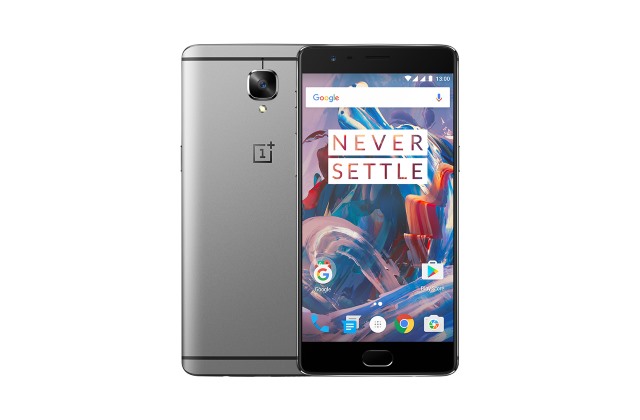
Hack your OnePlus 3 to take full advantage of its 6GB of memory
When your phone has 6GB of RAM, you expect it to be able to run all of the apps you want at the same time. The low-cost 'flagship killer' OnePlus 3 is one such handset, but people who have got their hands on the phone are discovering the it doesn’t necessarily use the available memory as they would have expected.
Tests show that the OnePlus 3 requires apps to be reloaded more frequently that phones with less RAM, and this has upset some users. The good news is that -- providing you don't mind getting your hands dirty with a little hacking -- you can dramatically improve your phone's memory management.

What is Optic AMOLED?
There's quite a lot to get excited about with regard to the newly announced OnePlus 3. After lots of teasing, the 'flagship killer' handset was revealed earlier this week as a 5.5-inch, dual SIM beast packing a Snapdragon 820 and 6GB of RAM.
But among all the specs that seem familiar, or at least make sense, there is the display. This is a 1080p panel powered by an Adreno 530 chip, with protection coming courtesy of Corning Gorilla Glass 4. It's described as being an Optic AMOLED, but what does that actually mean?
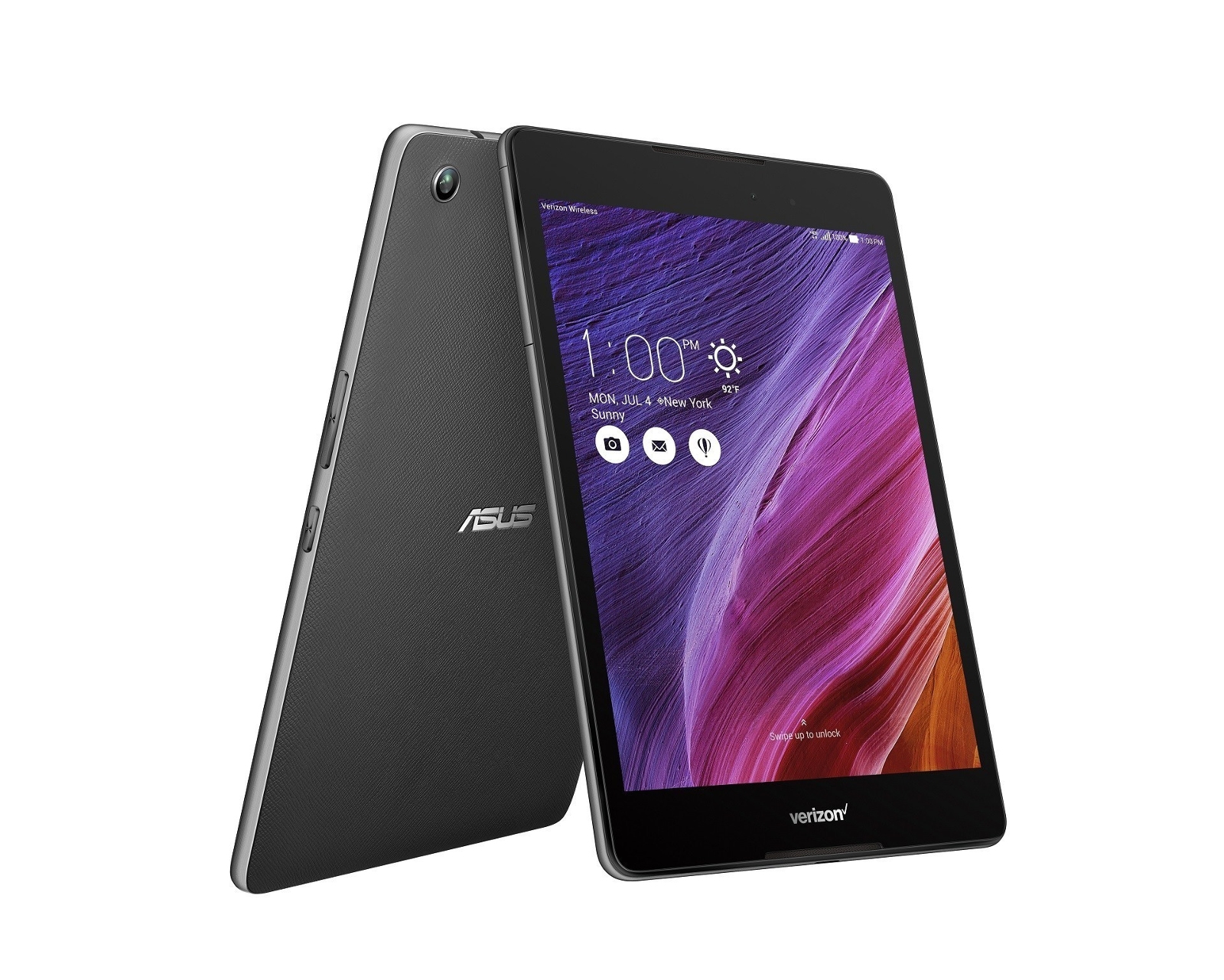
ASUS ZenPad Z8 tablet for Verizon has six-core CPU, dual front speakers, USB-C, and Android M
Android tablets are rather boring and uneventful nowadays. While the Nexus 9 was great, the 2013 Nexus 7 remains the best such tablet ever. This is a very sad state of affairs for the Android community. Google and manufacturers have just never been able to produce the elusive "iPad killer". Apple's line of tablets remain the best after all these years.
Today, ASUS announces a tablet that actually has me excited. Seriously, I haven't felt this way about an Android tablet in a while. The 7.9 inch LTE-enabled ZenPad Z8 -- which is a Verizon exclusive -- has a hexacore processor, USB Type-C, expandable storage, and Android M. While it may not be the Android tablet that "kills" Apple's tablet, the specs are quite impressive, and the price is amazingly low.
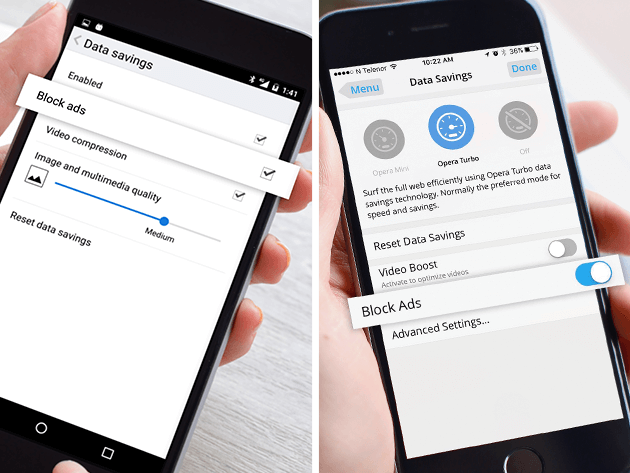
Opera now lets you block ads on Android, iOS and Windows 10 Mobile
Opera Software made a bold move earlier this year when it introduced a native ad-blocker in its desktop Opera browser. While controversial, this feature is not enabled by default though promises to offer some major benefits, like a 40 percent boost in performance compared to an extension like AdBlock Plus.
However, folks are not only saying "No" to advertisements on their PCs but also on their smartphones and tablets. In fact, mobile ad-blocking usage has seen a 90 percent rise year-over-year, with more than 400 million devices said to run an ad-blocker. The latest versions of Opera Mini for iOS and Windows 10 Mobile and Opera for Android now cater to that growing audience too, as they too feature a built-in ad-blocker.
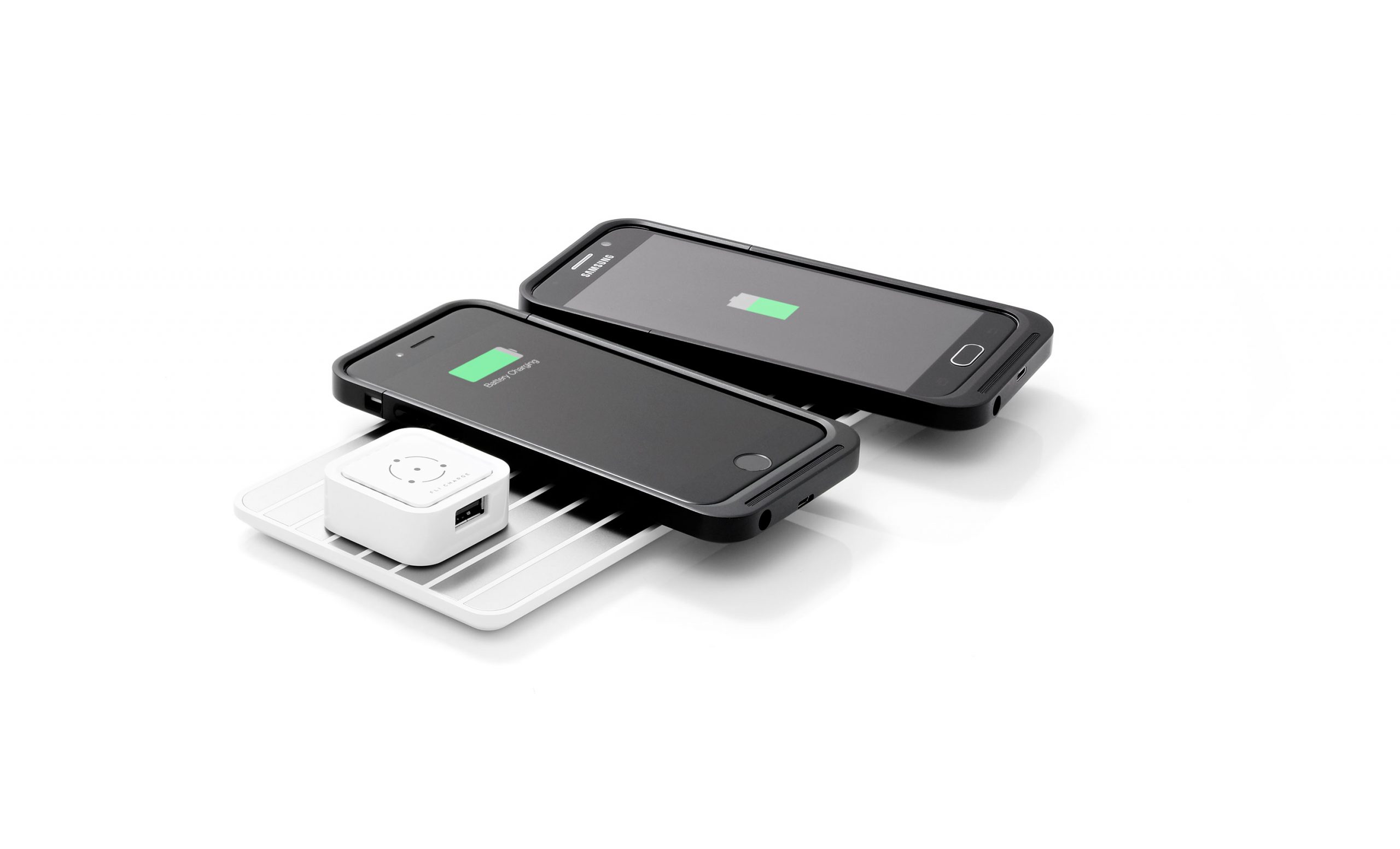
FLI Charge bridges the gap between wired and wireless charging for iPhone, Android, and more
When I moved from Android to iPhone last year, I never regretted it. Apple's smartphone keeps me totally satisfied, with no plans of ever leaving. The one feature I miss, however, is wireless charging. Not only can many Android phones do this, but Windows Phones too. My Nokia Lumia could charge wirelessly, but not my cutting-edge iPhone 6s Plus? Dang.
Today, a new product, called FLI Charge, delivers wireless charging to both iPhone and Android -- anything that charges using USB, really -- in an elegant way. That is not the only notable aspect of the product, however. You see, it not only promises to juice up your devices wirelessly, but at the same speed as a wired charger. Whoa.
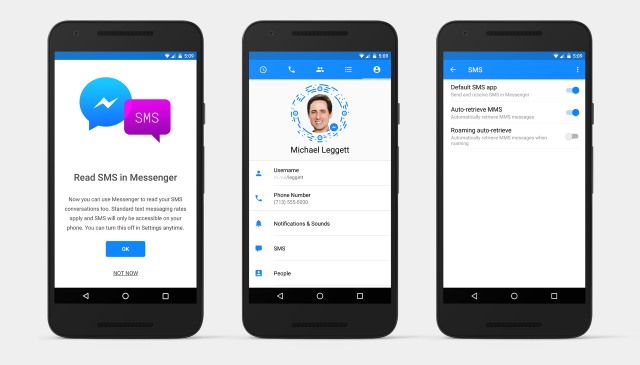
Facebook Messenger for Android can now send SMS and MMS
Facebook has upset a lot of people by effectively forcing its Messenger app onto people by removing the messaging option from the mobile website. Today, to help soften the blow a little, the social network announces that Android users will be able to use the app to not only chat with their Facebook friends, but also to send and receive SMS and MMS.
It's a feature that has been available in the beta version of Facebook Messenger for a little while, but now it is rolling out to everyone. While it will help keen chatters to reduce the number of apps they use, there is now yet another decision to make when it comes to texting -- stick with the default app on your phone, use Hangouts, use Facebook Messenger, or use one of the endless other messaging tools. If you opt for Facebook's offering, there are a couple of things you need to do.
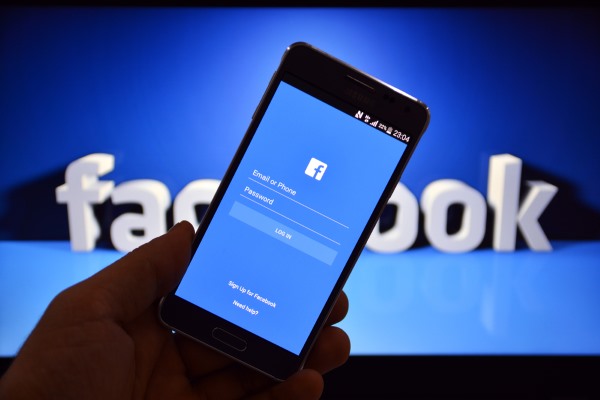
Facebook threatens to delete users' photos if they don’t install the Moments app
Not content with forcing people into using its Messenger app, Facebook is continuing its aggressive tactics and driving users to install its photo-sharing app, Moments. The social network has warned users that their photos face deletion if they fail to use the Moments app.
Unsurprisingly, this has led to a huge surge in interest in the app, pushing it to the top of the download charts. Facebook has announced that it is going to delete Synced Albums and Synced Photos if Moments is not installed by July 7, sending warning emails to a number of users.
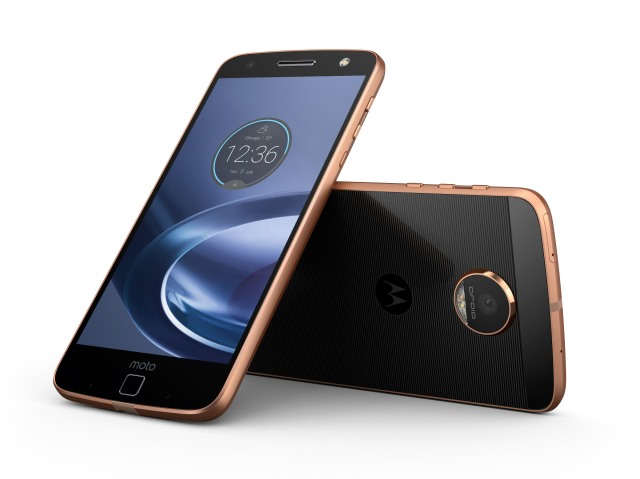
Lenovo announces modular, moddable Moto Z range with swappable Moto Mods
It looks like the next big movement in smartphone design is going to be physically customisable handsets. The latest company to do more than just add bigger screen, ramp up the processor speed and chuck in a bit more RAM is Lenovo. Today the company announces the Moto Z family with Moto Mods.
At the moment, the 'family' comprises just two phones: the Moto Z, and the more powerful Moto Z Force. Things get off to a promising start with the handset boasting impressive specs, and measuring just 5.2mm thick (which Lenovo boasts is 'The world's thinnest premium smartphone'). Which is just as well because, as you'll see, the available Moto Mods -- snap-on modules that clip to the rear of the phone to add functionality -- make it a whole lot thicker.
